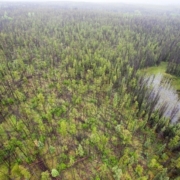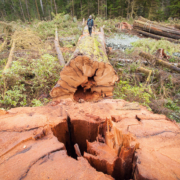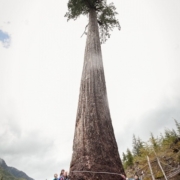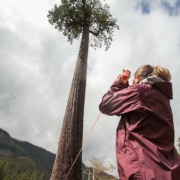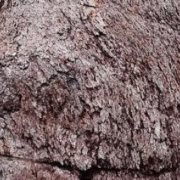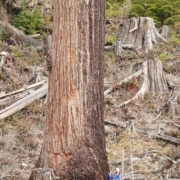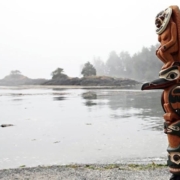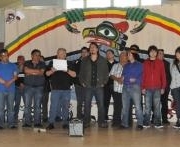Opinion: Tree-farm licences a failure in forest management
British Columbia’s forests are 93-per cent owned by commoners and comprise a part of what has been known for centuries as The Commons.
As such, it is incumbent on policy-makers to ensure the common interest prevails over self-interest and government interest in the governance of these forestlands.
Unfortunately, misguided thinking is undermining the common interest as the government struggles to deal with the aftermath of the mountain-pine-beetle infestation in Interior B.C.
For over half a century, the forests ministry allowed vast areas of aging pine forests in the B.C. Interior to become increasingly susceptible to infestation by the mountain pine beetle.
Although scientists and forest insect specialists did not foretell the magnitude of the beetle infestation, they are in general agreement that climate change caused it and poor government forest policies exacerbated it.
The government’s initial response to the beetle infestation was to deal with the symptom (dead pine trees) and implicitly deny the cause (global warming).
The government immediately raised the rates of logging and the limits placed on allowable cuts to unsustainable levels in the mountain-pine-beetle zone with little regard for the cumulative affects it would have on the soil, water and animals, not to mention the people of Interior B.C.
The recession of the last decade allowed senior forest officials to deceive themselves into thinking that over-harvesting and unsustainable logging rates are in the best interests of forest-dependent communities for at least a couple of political election cycles, but not beyond. Yet, the government, while claiming to have spent a billion dollars on mitigating the affects of the beetle infestation, appears to have completely neglected to do any strategic planning needed to deal with the inevitable social and economic consequences of the predicted crash in available timber.
The only evident plan is to keep the rates of timber harvesting unsustainably high, thereby making the eventual collapse of available timber even more painful for forest-dependent communities, a policy based on the premise that it is better to have more jobs today and none tomorrow rather than fewer jobs today and some tomorrow.
Instead of focusing on the common good, on getting a reliable forest inventory and on defining a long-term vision for forestry in British Columbia with attendant strategies, goals and objectives, the government is preoccupied with rewarding an oligopoly of companies with exclusive timber rights over public forests within quasi-private timber farms (Tree Farm Licences)
In its zeal to justify further enclosure of The Commons and increased corporate control over the commoners’ timber, the government’s twisted thinking becomes so bent that it defines mountebank politics.
The false argument, or syllogism, goes like this. Area-based forest management is preferable to volume-based management. Tree-farm licences are a type of area-based tenure. Therefore, forest management on tree-farm Licences must be better than it is on volume-based tenures.
The government then takes that syllogism to the people and pretends to consult publicly by inviting selected stakeholders to a meeting with the consultation leader and by arranging an Internet blog on which the public can post comments and send written submissions by email.
The declared purpose of the consultation is to obtain input on the criteria to be considered in evaluating proposals for converting some or a portion of some volume-based forest licences to new or expanded area-based tree-farm licences. More tree-farm licences are a foregone conclusion. The public has no say.
The whole consultation process is a sham. The language used is a complete turnoff for any member of the public unversed in forestry jargon. To participate meaningfully, the public would need clear evidence of whether public benefits from previously awarded tree-farm licences have materialized as background to an open question as to whether more timber farms are desirable and in the common interest.
History shows forest tenure under tree-farm licences is a singular failure resulting in British Columbians being robbed of control of their forests and denied the promised benefits from them.
British Columbians need a full, public and provincewide discussion — not a phoney consultation — on what type of forest governance might best address the concerns and needs of forest-dependant communities during this century of rapid climate change.
Today, common sense is the cement needed to unite British Columbians to re-establish control over their forest commons. Until noon on May 30, use your common sense to say no to more Tree Farm Licences by sending an email to: forest.tenures@gov.bc.ca
Anthony Britneff recently retired from a 40-year career with the B.C. Forest Service during which he held senior professional positions in inventory, silviculture and forest health.
Read more: https://www.vancouversun.com/Opinion+Tree+farm+licences+failure+forest+management/9879112/story.html

